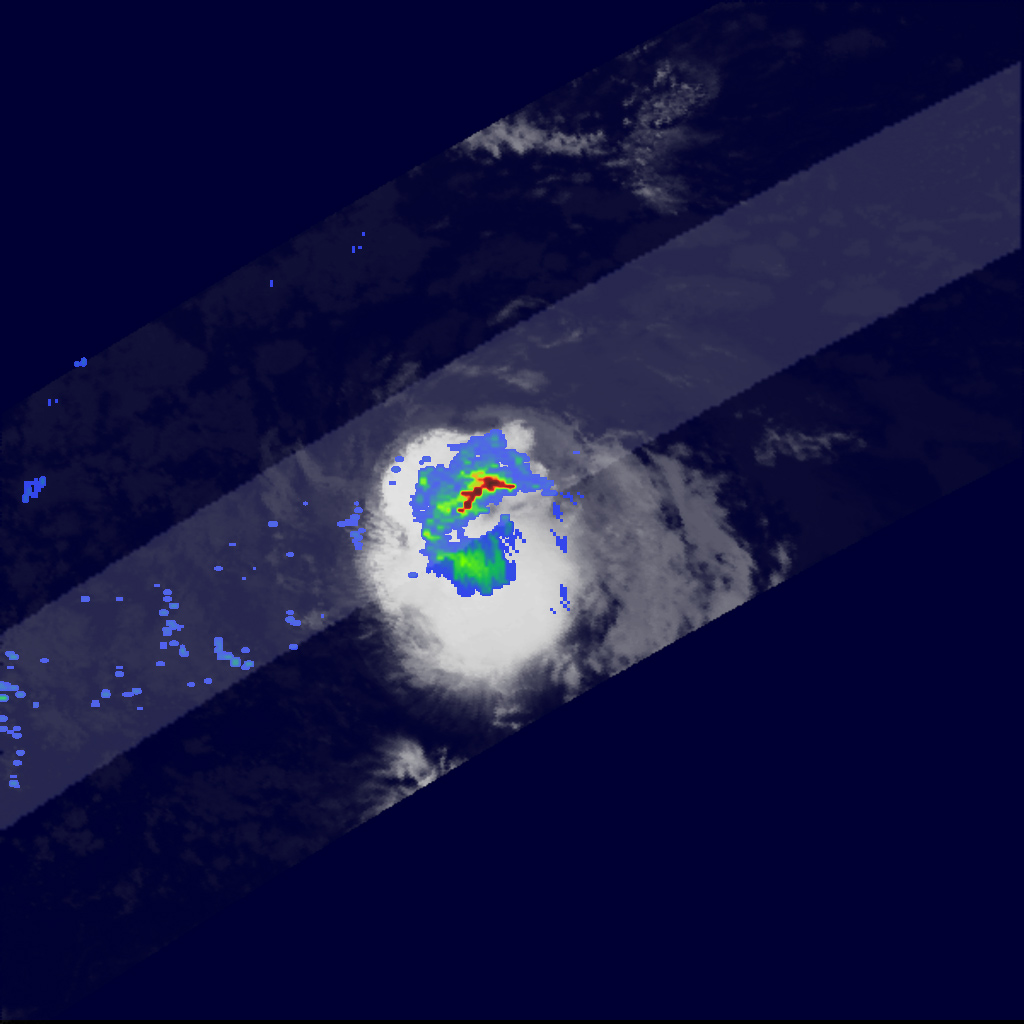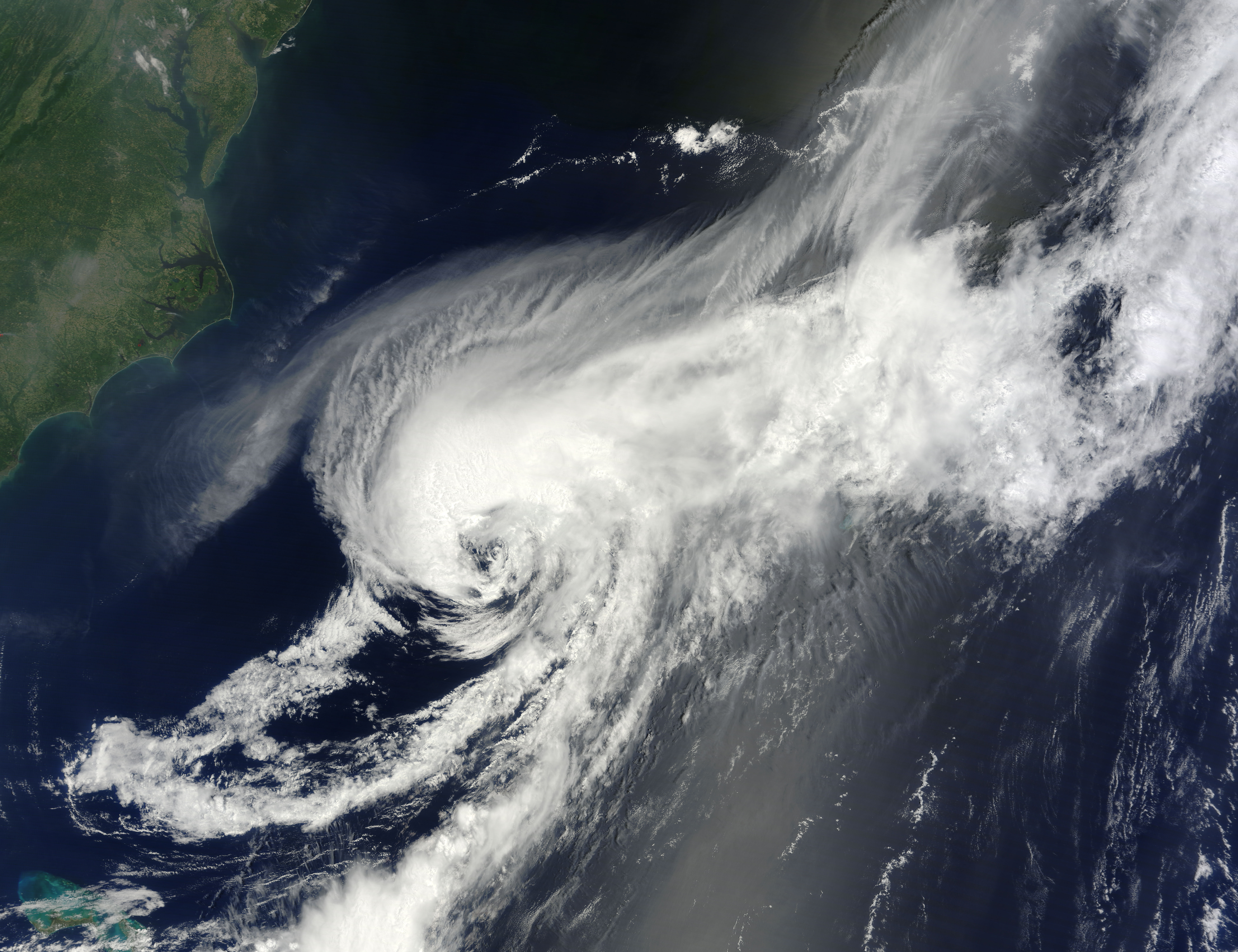Tropical Storm Debby’s Formation and Development

Tropical Storm Debby, a significant weather event that impacted the southeastern United States in June 2012, originated from a tropical wave that emerged off the coast of Africa. This wave, characterized by a band of thunderstorms, traversed the Atlantic Ocean, gradually gaining strength and organization as it interacted with favorable atmospheric conditions.
Conditions for Formation
The formation of Tropical Storm Debby was influenced by a confluence of factors that provided the necessary environment for its development. These factors included:
- Warm Ocean Waters: Tropical storms require warm ocean waters, typically with temperatures exceeding 80 degrees Fahrenheit (26.5 degrees Celsius), to provide the necessary heat and moisture for their formation. The Atlantic Ocean in the region where Debby formed was experiencing unusually warm surface temperatures, providing the energy for the storm’s development.
- Low Wind Shear: Wind shear, the difference in wind speed and direction at different altitudes, can disrupt the development of tropical storms. Low wind shear allows the storm’s thunderstorms to organize and strengthen. In the area where Debby formed, wind shear was minimal, allowing the storm’s central circulation to develop.
- Pre-existing Disturbance: The tropical wave that spawned Debby was a pre-existing disturbance in the atmosphere, characterized by a cluster of thunderstorms. This disturbance provided a foundation for the storm’s development, as it already had some organized circulation.
Path and Intensity
Tropical Storm Debby initially moved westward across the Atlantic Ocean, gradually intensifying as it encountered favorable conditions. The storm’s path was influenced by the prevailing steering currents in the atmosphere. As it approached the southeastern United States, Debby encountered a region of high pressure, which caused it to turn northward.
- The storm made landfall near Tallahassee, Florida, on June 25, 2012, as a tropical storm with maximum sustained winds of 45 mph (75 km/h).
- Debby weakened as it moved inland, but it still produced heavy rainfall and flooding across portions of the southeastern United States.
- The storm’s remnants lingered for several days, producing localized heavy rain and flooding as far north as Pennsylvania.
Factors Contributing to Intensification
Tropical Storm Debby’s intensification into a hurricane was influenced by a combination of factors:
- Warm Ocean Waters: The storm continued to track over warm ocean waters, providing a sustained source of energy for its intensification. The warm waters allowed the storm’s thunderstorms to release latent heat, which fueled the storm’s circulation and strengthened its winds.
- Favorable Atmospheric Conditions: The atmospheric conditions in the region were conducive to storm development, with low wind shear and a moist environment. These conditions allowed the storm’s thunderstorms to organize and intensify, contributing to the development of a well-defined central circulation.
- Lack of Disruptive Factors: The storm’s path was relatively unimpeded by strong upper-level winds or other disruptive factors that could have weakened it. This allowed the storm to maintain its organization and intensify.
Impacts of Tropical Storm Debby and Hurricane Debby: Tropical Storm Debby Hurricane

Tropical Storm Debby and Hurricane Debby left a trail of destruction across various regions, impacting both property and infrastructure. The storm’s impact was felt most severely in coastal areas, where strong winds, heavy rainfall, and storm surges caused significant damage.
Areas Impacted
Tropical Storm Debby and Hurricane Debby primarily affected the southeastern United States, with the most significant impacts concentrated along the Gulf Coast. The storm made landfall in Florida, causing widespread damage in the state’s coastal regions. The storm’s path also extended to other states, including Georgia, Alabama, and Mississippi, bringing heavy rainfall and strong winds to these areas.
Damage Caused by Tropical Storm Debby and Hurricane Debby
The storm’s impact was felt across various aspects of life, causing significant damage to property, infrastructure, and power grids.
Property Damage
- Homes and businesses were severely damaged by strong winds, heavy rainfall, and storm surges. Coastal areas experienced significant flooding, inundating homes and businesses.
- The storm’s high winds uprooted trees, causing damage to roofs, windows, and walls of buildings.
- Heavy rainfall led to widespread flooding, damaging homes, businesses, and infrastructure. The flooding also caused significant agricultural damage, destroying crops and livestock.
Infrastructure Damage
- Roads and bridges were damaged or destroyed by flooding and debris. The storm’s strong winds also caused damage to power lines, leading to widespread power outages.
- The storm’s impact on infrastructure caused significant disruption to transportation, communication, and essential services.
- Coastal areas experienced significant erosion due to the storm’s strong waves and surges, further damaging infrastructure and coastal ecosystems.
Power Outages
- The storm’s strong winds and heavy rainfall caused widespread power outages across the affected areas. Damage to power lines and infrastructure left millions of people without electricity.
- The power outages disrupted daily life, impacting businesses, homes, and essential services.
- The restoration of power took several days in some areas, highlighting the significant impact of the storm on critical infrastructure.
Casualties and Injuries
Tropical Storm Debby and Hurricane Debby resulted in a significant number of casualties and injuries.
- The storm’s strong winds, heavy rainfall, and flooding caused fatalities and injuries. The majority of casualties were reported in coastal areas, where the storm’s impact was most severe.
- The storm also caused injuries due to falling trees, debris, and accidents related to the storm’s impact on infrastructure.
- The storm’s aftermath also led to health concerns due to the lack of access to clean water and electricity, as well as the potential for diseases related to flooding.
Response and Recovery Efforts

The response to Tropical Storm Debby and Hurricane Debby involved a coordinated effort by local, state, and federal authorities. These agencies worked together to ensure the safety of residents, provide necessary aid, and begin the process of rebuilding damaged infrastructure.
Local Government Response
Local governments played a critical role in the immediate response to the storm. They issued evacuation orders, opened shelters, and provided essential services such as food, water, and medical care to those affected. Local law enforcement agencies also worked to maintain order and safety in the affected areas.
State Government Response
State governments activated emergency response plans and deployed resources, including National Guard units, to assist local authorities. They also coordinated the distribution of aid and provided financial assistance to communities affected by the storm.
Federal Government Response
The federal government provided significant support through agencies like the Federal Emergency Management Agency (FEMA). FEMA deployed personnel and resources to the affected areas to assist with search and rescue operations, provide temporary housing, and distribute aid. The federal government also declared the affected areas as disaster zones, making them eligible for federal disaster assistance.
Recovery Efforts
Recovery efforts following the storm focused on rebuilding damaged infrastructure, providing aid to affected residents, and addressing the long-term consequences of the disaster.
Aid Distribution
FEMA and other agencies distributed aid to affected residents in the form of grants, loans, and other assistance programs. These programs provided financial support for housing, medical expenses, and other needs.
Infrastructure Repair
The recovery efforts also included the repair and rebuilding of damaged infrastructure, including roads, bridges, power lines, and communication systems. This process involved a significant investment of time, resources, and labor.
Debris Removal, Tropical storm debby hurricane
Debris removal was a major undertaking following the storm. Local governments and private contractors worked to clear roads, homes, and businesses of debris, which included fallen trees, damaged structures, and other debris.
Effectiveness of Response and Recovery Efforts
The response and recovery efforts following Tropical Storm Debby and Hurricane Debby were generally considered effective. The coordinated efforts of local, state, and federal authorities ensured that residents received necessary aid and that the process of rebuilding began promptly. However, some challenges arose, including delays in the distribution of aid, difficulties in accessing remote areas, and the long-term impact of the storm on the affected communities.
Tropical storm debby hurricane – Tropical Storm Debby, while a significant weather event, pales in comparison to the complex and often volatile relationship between Iran and Israel. This long-standing rivalry, rooted in historical, political, and religious factors, has implications far beyond the Middle East. The Iranian-Israeli dynamic is a crucial element in understanding the geopolitical landscape of the region, and its influence can be seen in events like Tropical Storm Debby, which highlight the interconnectedness of global systems.
Tropical Storm Debby’s impact on Nassau County in 2012, characterized by heavy rainfall and flooding, highlighted the importance of public health preparedness. This event, alongside the ongoing debate surrounding Nassau County’s ban on masks , underscores the need for a nuanced approach to public health policy, balancing individual liberties with the collective well-being of the community.
While the storm’s aftermath showcased the county’s resilience, it also raised questions about the effectiveness of public health measures in the face of natural disasters.
